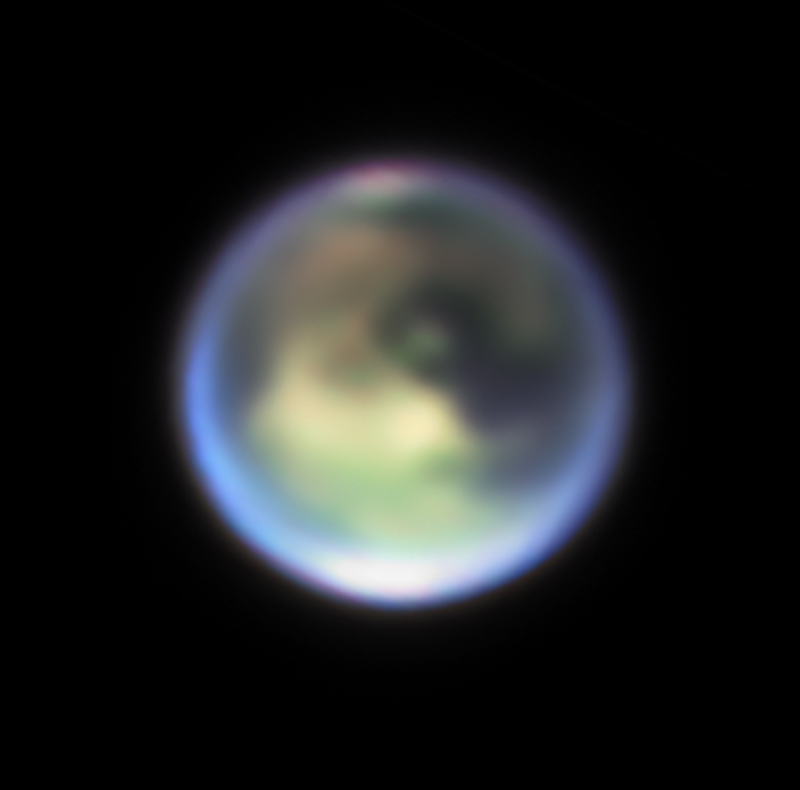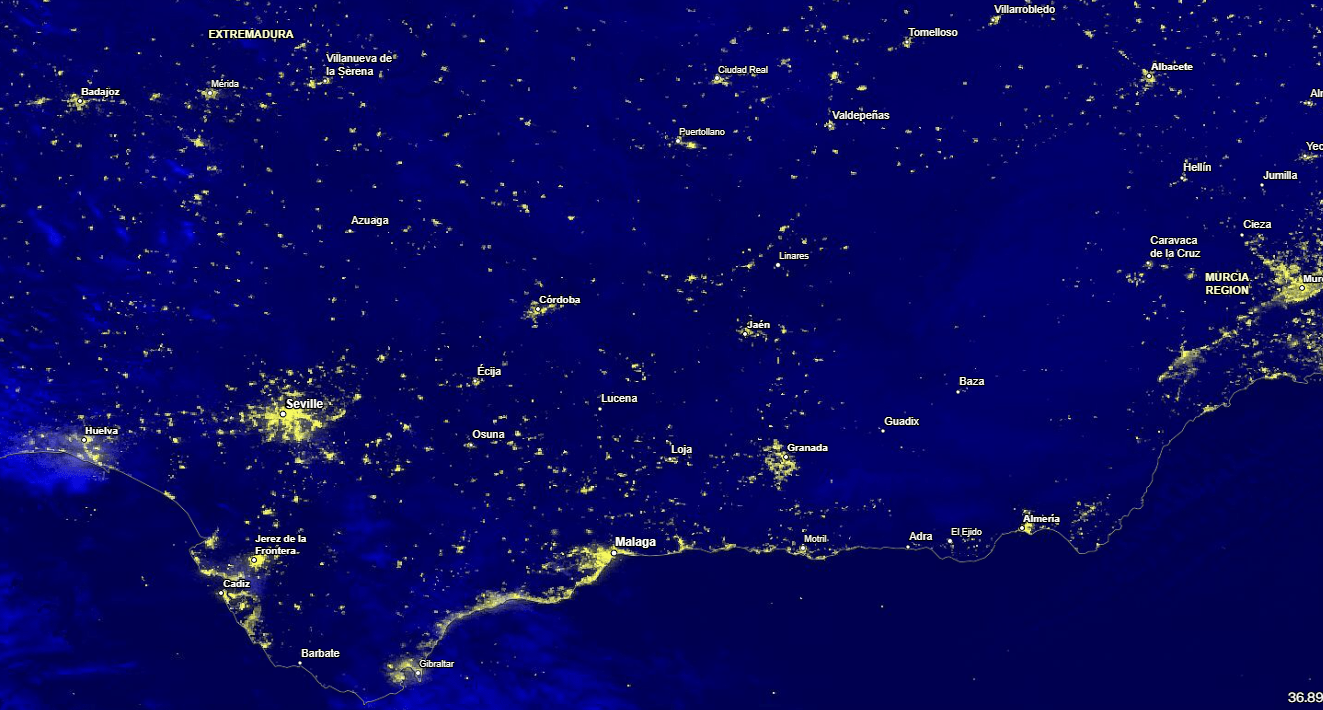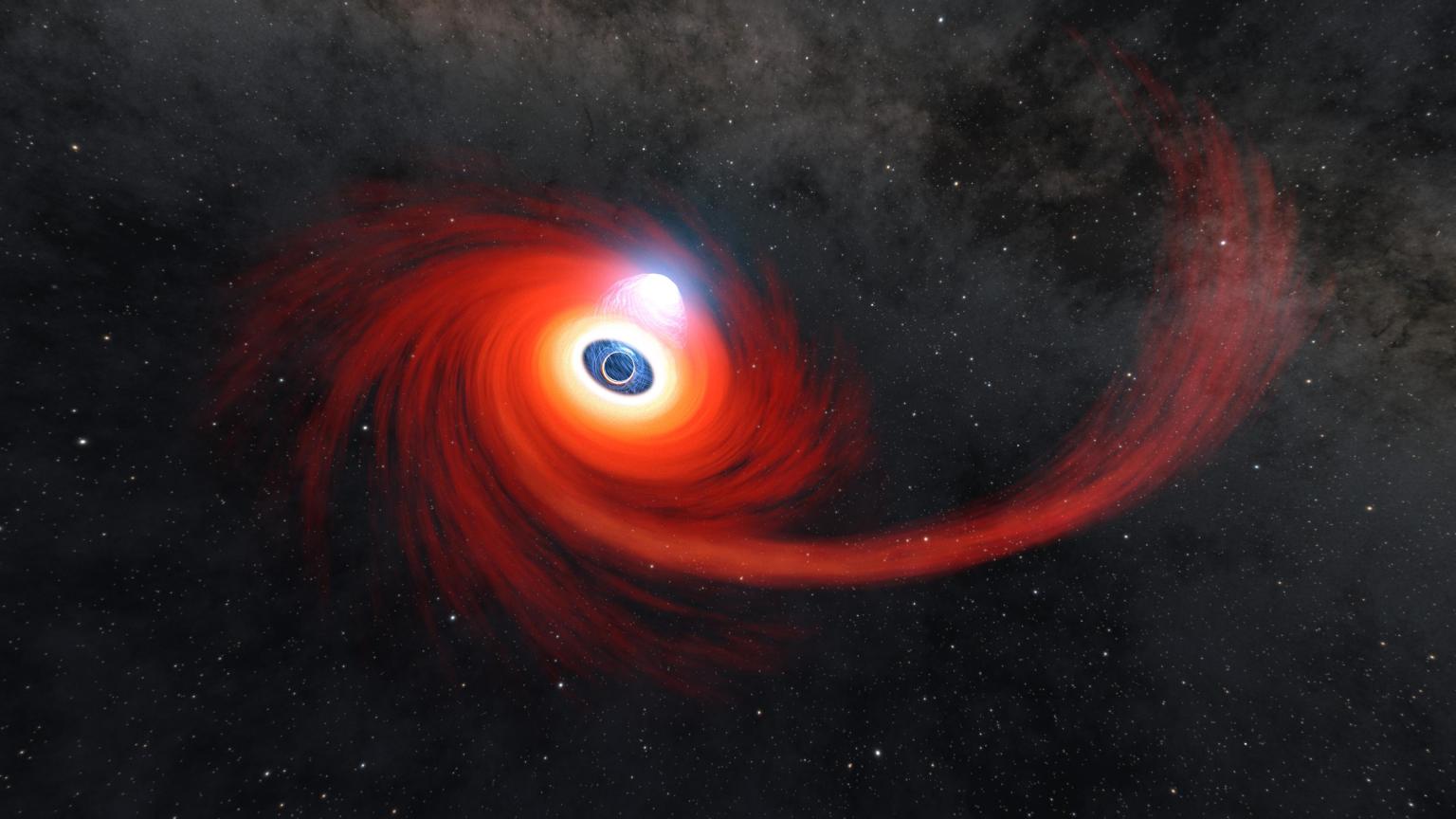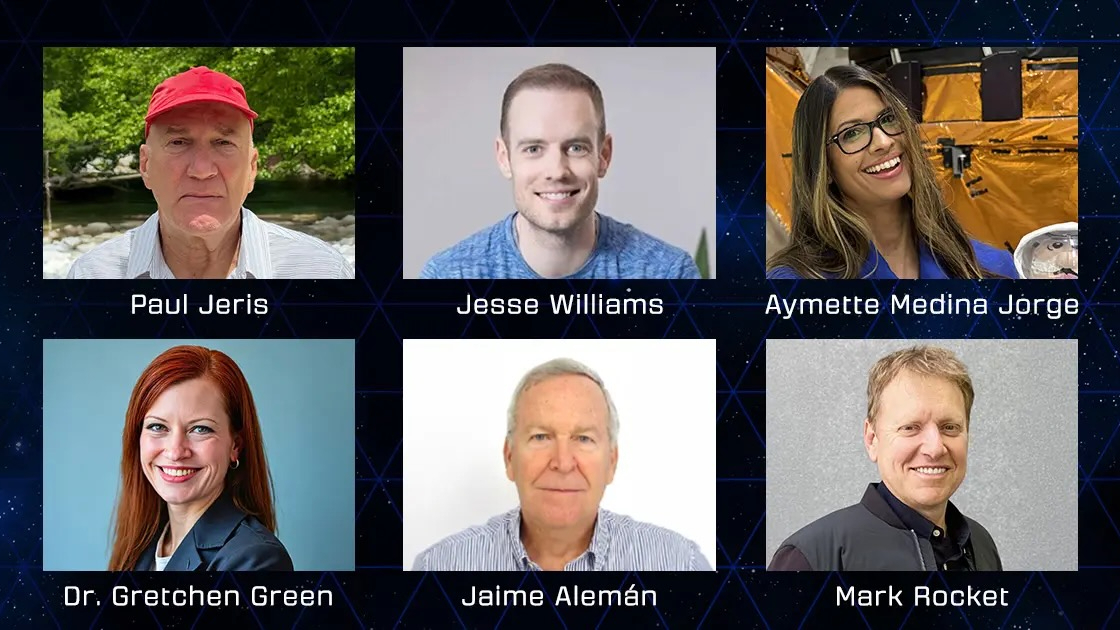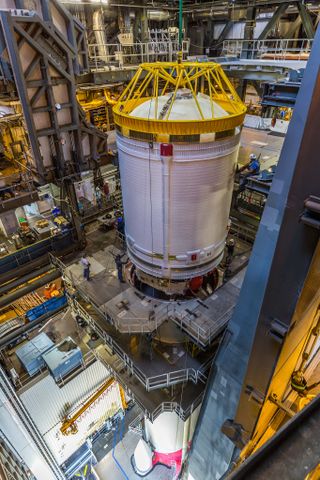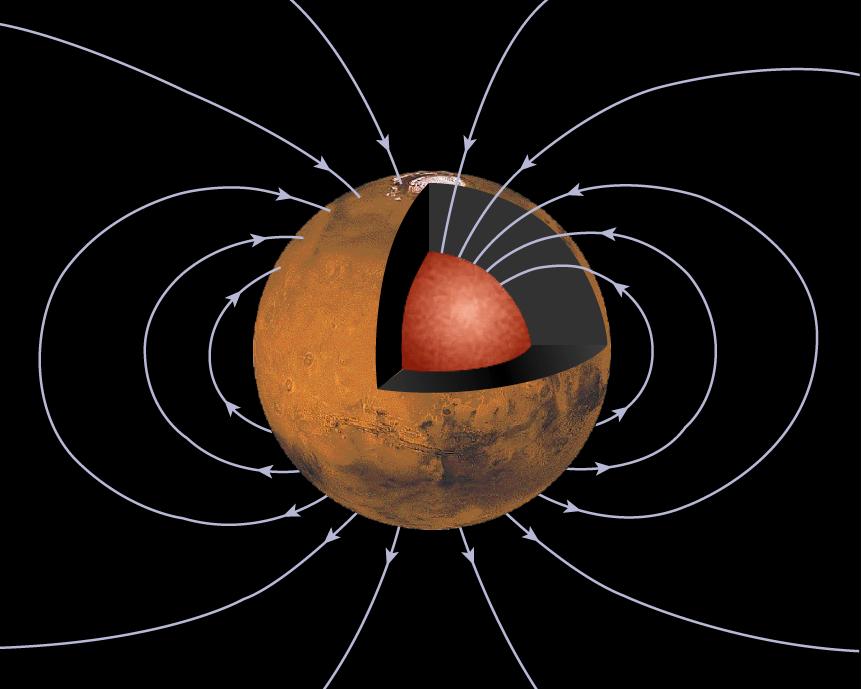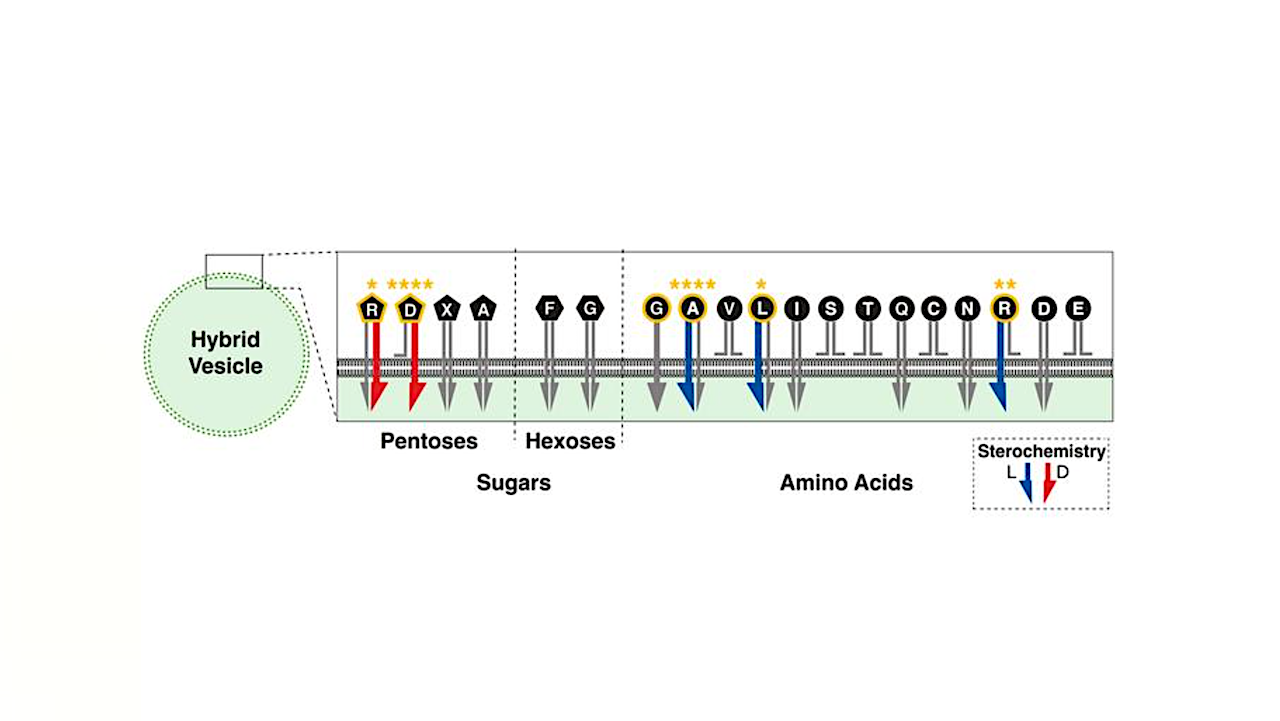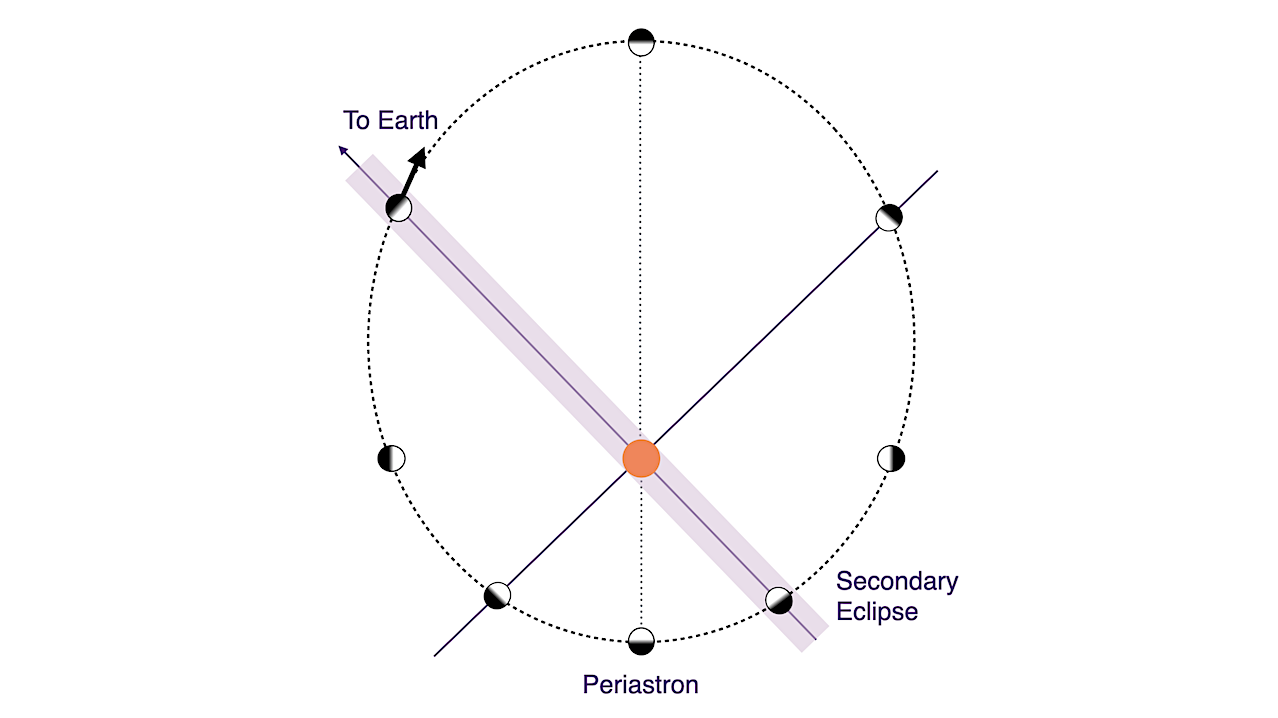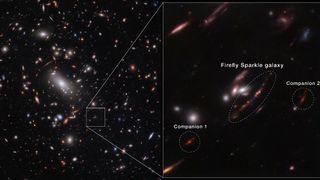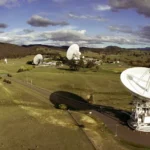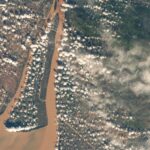NASA’s James Webb Space Telescope obtained this view of Titan with blue, green and red filters on July 11, 2023. New observations by Webb and the Keck II telescope in
Hot Posts47- Page
On April 28, Spain experienced one of the most extensive power outages in recent memory. Millions of citizens and businesses were suddenly cut off, revealing how unprepared even developed nations
5 Min Read 3 Black Holes Caught Eating Massive Stars in NASA Data A disk of hot gas swirls around a black hole in this illustration. Some of the gas
Blue Origin is gearing up for the launch of its next space tourism flight, and you can watch the mission live here at Space.com. The 32nd overall mission of Blue
United Launch Alliance (ULA) envisions its new, powerful Vulcan Centaur rocket as playing a key role in defending satellites from potential threats in space. Centaur, the upper stage of the
New experiments have shown that the core of Mars formed much faster than Earth’s core, thanks to molten iron and nickel sulfides seeping down through solid rock and into the
Summary of permeability selection results for the archaeal and hybrid membranes. Credit Goode O, et al., 2025, PLOS Biology, CC-BY 4.0 How life arose remains a looming question in science
Diagram of TOI-5800 system. The star is shown to scale with the planet’s orbit. — astro-ph.EP Though missions such as Kepler, K2, and TESS have discovered >2,000 sub-Neptune and Neptunian
A relic galaxy has been uncovered from the early universe, revealing new clues about what our own galaxy, the Milky Way, may have looked like billions of years ago. In
Ranking “Doctor Who”‘s Doctors is an extremely subjective affair. Ask any “Who” fan and their list is bound to be different, their choices shaped by when they were born, when
-
 012024 in Review: Highlights from NASA in Silicon Valley
012024 in Review: Highlights from NASA in Silicon Valley -
 02Panasonic Leica Summilux DG 15mm f/1.7 ASPH review
02Panasonic Leica Summilux DG 15mm f/1.7 ASPH review -
 03From Polymerization-Enabled Folding and Assembly to Chemical Evolution: Key Processes for Emergence of Functional Polymers in the Origin of Life
03From Polymerization-Enabled Folding and Assembly to Chemical Evolution: Key Processes for Emergence of Functional Polymers in the Origin of Life -
 04How New NASA, India Earth Satellite NISAR Will See Earth
04How New NASA, India Earth Satellite NISAR Will See Earth -
 05And Thus Begins A New Year For Life On Earth
05And Thus Begins A New Year For Life On Earth -
 06Astronomy Activation Ambassadors: A New Era
06Astronomy Activation Ambassadors: A New Era -
07SpaceX launch surge helps set new global launch record in 2024


